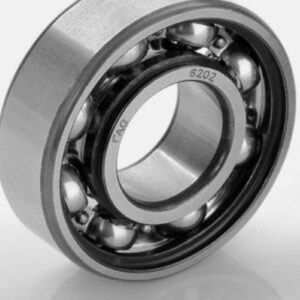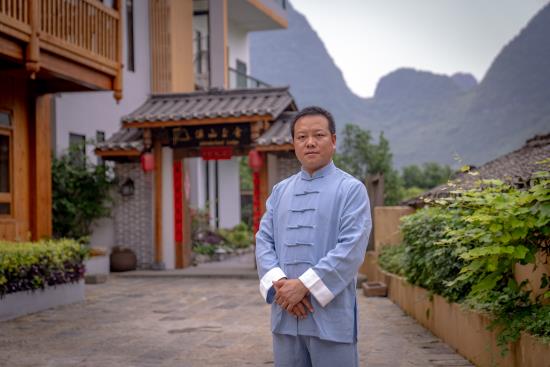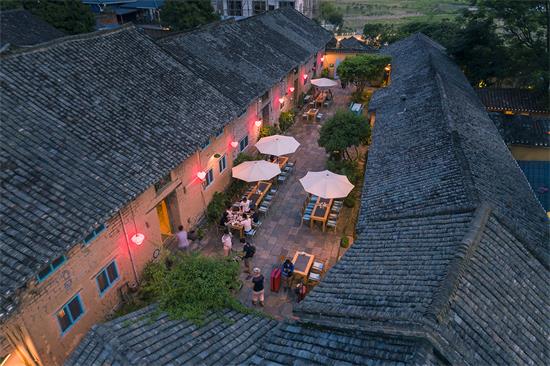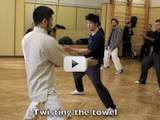Three parts in ball bearing: outer ring, inner ring and the balls in between we consider as one part.

Taiji is three.
Three steps: 1. Different parts of the body are strong, hard and stiff, which able to combine and recombine into pieces which have the same quality, like the rings and the balls. 2. Establish relationship or connection between different pieces through joints, like the balls seamlessly in between the two rings (through separator and tracks on the rings), engine oil is the joints. 3. Press the button to run the machine.
Read more




